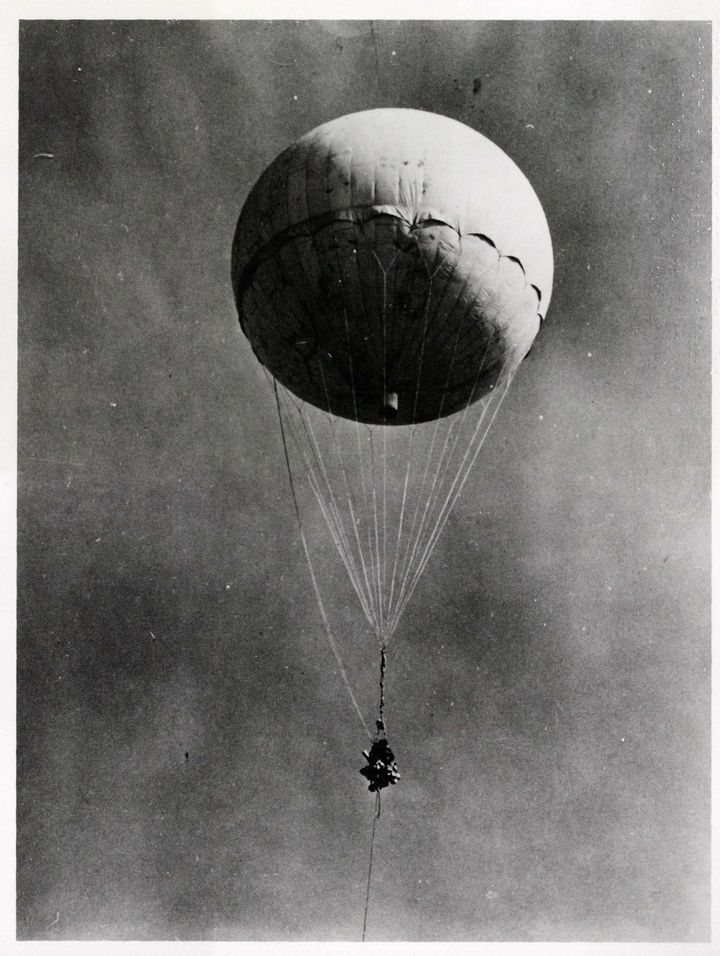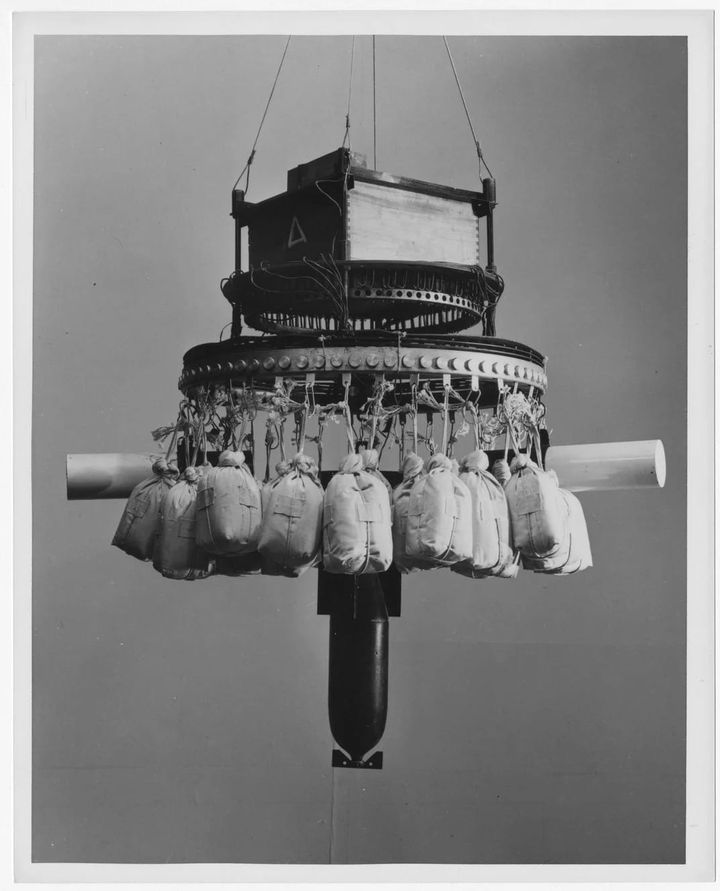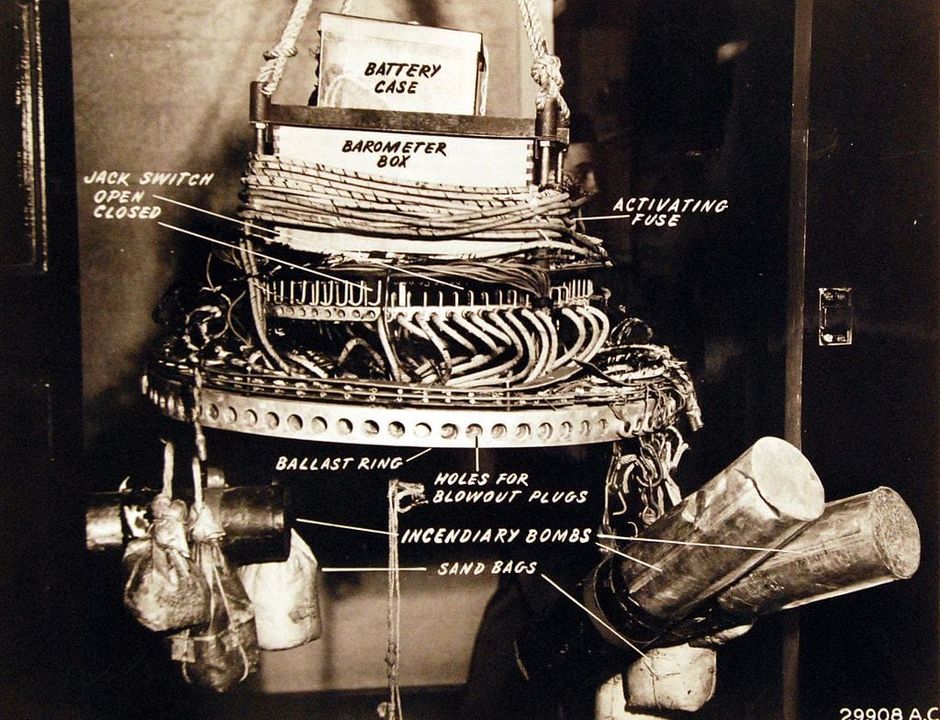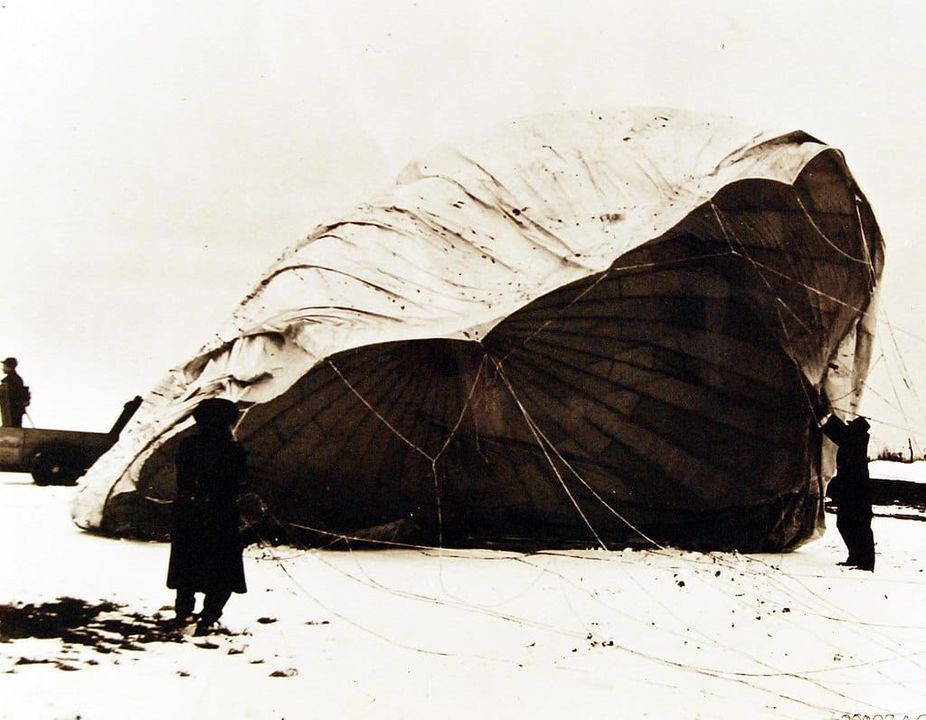The History of Balloon Bombs: From WWII to Modern Spy Balloons

Okay… Over the last few days, the Internet has been abuzz about the “Chinese Spy Balloon” that was recently shot down over the U.S., but you might be surprised to know that this is not the first time such a craft has been used against the United States. In fact, this recent incident is kind of tame compared to the last time.
The Japanese Fu-Go Balloon Bombs of World War II
You see, during World War II, the Empire of Japan deployed what were known as the “Fu-Go balloon bombs”. These were basically large balloons designed to cross the Pacific from Japan, carrying 4 x 11lb incendiary devices and one 26lb bomb.

Now despite looking simple in design, the Fu-Gos were surprisingly complex pieces of equipment. They used a ballast system to control altitude while in flight. Launched from sites located in Honshu, the balloon bombs would cross the Pacific using the jet stream to reach the continental United States and Canada. At some point, the balloon would release its payload on its intended target. But what was their target?
The Target: Pacific Northwest
The Pacific Northwest… More specifically, the forested areas of the Pacific Northwest. Keep in mind, the lumber industry was a major contributor to the war effort, and the Japanese hoped that causing massive wildfires in these regions would disrupt the war effort, plus have the added bonus of causing panic among the population.

In total, it’s believed that Japan deployed over 9600 Fu-Go balloons from November of 1944 to April of 1945. However, just about 300 were said to have made it to the American mainland. Some were even found as far as Kansas, but the balloon bombs never really caused the kind of destruction or panic the Imperial military had hoped for. Though six people were killed when they discovered a crashed Fu-Go in the Fremont National Forest in Oregon.
Unsettling Discoveries
But… there is a belief that a number of balloon bombs that crashed in North America are still undiscovered. As recently as 2019, one was discovered near McBride, British Columbia.

~NC










